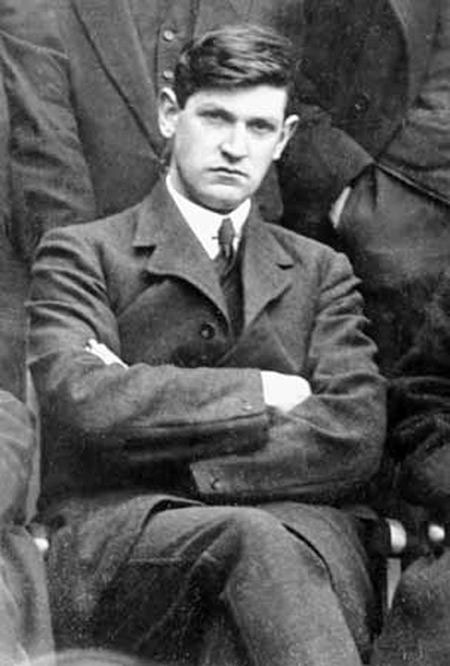LAST Saturday I spent an afternoon in Omagh – always a pleasurable experience in itself – at the Dún Uladh Cultural Heritage Centre. They were having a day of lectures on matters relating to Easter 1916. It was loads of fun and wonderfully thought-provoking.
Dr Liam Campbell spoke first. He’s Heritage Officer for the Foyle Trust. His lecture was about land and water. Sounds prosaic, except that he showed some beautiful slides of ordinary, non-touristy places and provided some startling information which was news to me at least.
For example, do you know who owns the bed of Lough Neagh? Yes, Virginia, it is indeed a very big bed. But if you thought it belongs to the people of Ireland or even Northern Ireland, you’re wrong. The owner is the Earl of Shaftesbury. I kid you not.
You might say, “Well, in practical terms does it matter? He can hardly fish it out and sell it off in bits.” No, but when the level of the Lough was reduced, it left exposed a considerable amount of land, and guess who was the owner of all that land? Yup – the Earl of Shaftesbury. What’s more, if you go removing sand from the floor of Lough Neagh, you’ll have to pay a royalty to the E of S for every spoonful. Patrick Pearse must be groaning in his grave.
Then we had Eda Sagarra’s talk. She’s an Emeritus Professor in Trinity College, Dublin and at the moment she’s writing about northern nationalists in the Irish Free State. She has first-hand knowledge, since her father was Kevin O’Shiel, an Omagh man. O’Shiel practiced as a barrister in the North-West of Ireland and stood as a Sinn Féin candidate in 1918, just falling short of securing the Fermanagh North seat. He was a friend of Michael Collins and among the first judges to be appointed to the Dáil courts. He was a senior legal advisor to the government of the Free State and prepared Ireland’s case for admission to the League of Nations. Professor Sagarra’s lecture was stuffed with anecdote and humorous, personal detail. Every professor should be like Professor Sagarra.
Challenging
The third lecture was from Dr Tomás Mac Síomóin and was in some ways the most challenging of the three. Mac Síomóin is a scholar, novelist and used to lecture in Biology at Dublin Institute of Technology. The reason his talk was so interesting was that he reflected on colonial repression and how it affected the attitudes of Irish people in the nineteenth century towards their own language and culture. He sees this cultural shame and cringe-posture as still alive in the post-colonial Irish Free State, and was part of why they failed so abysmally to achieve the aim of reviving the Irish language. He quoted a number of writers, notably Albert Memmi, the French sociologist. Writing about the colonized personality, Memmi said: “He seeks to remodel himself according to the coloniser’s prescription. Or he seeks to repossess all that colonization has torn from him.”
You can cringe or you can confront. Recognise anyone there?
Dr Mac Síomóin also contended that this trauma of colonization can be passed down, not just culturally, but chemically, to the next generation and beyond. That is, we inherit attitudes and self-perception in our very DNA. And we try to cope with this inherited trauma through using alcohol or drugs to muffle the pain and give us a degree of self-confidence.
I didn’t agree wholly with any of the speakers, but it was the kind of an afternoon where you come out, your mind filled with new ideas and new understanding. The afternoon confirmed for me what I’ve always contended: feed people dumb game shows and talents contests, and that’s the cultural junk-food they’ll crave. Feed the public ideas and reflections on the state of their own country, reasons that it’s the way it is and what might be done about it, and they’ll thrive on the diet. That’s why the talks at Belfast’s Feile an Phobail are so popular.
Dún Uladh is a Comhaltas Cultural Resource Centre. Hats off to Breándan McAleer and those he works with him for days like last Saturday. Please sir, we want more.
Feed people junk and they’ll crave more

INSIGHTFUL: Kevin O’Shiel was a friend of Michael Collins, above





